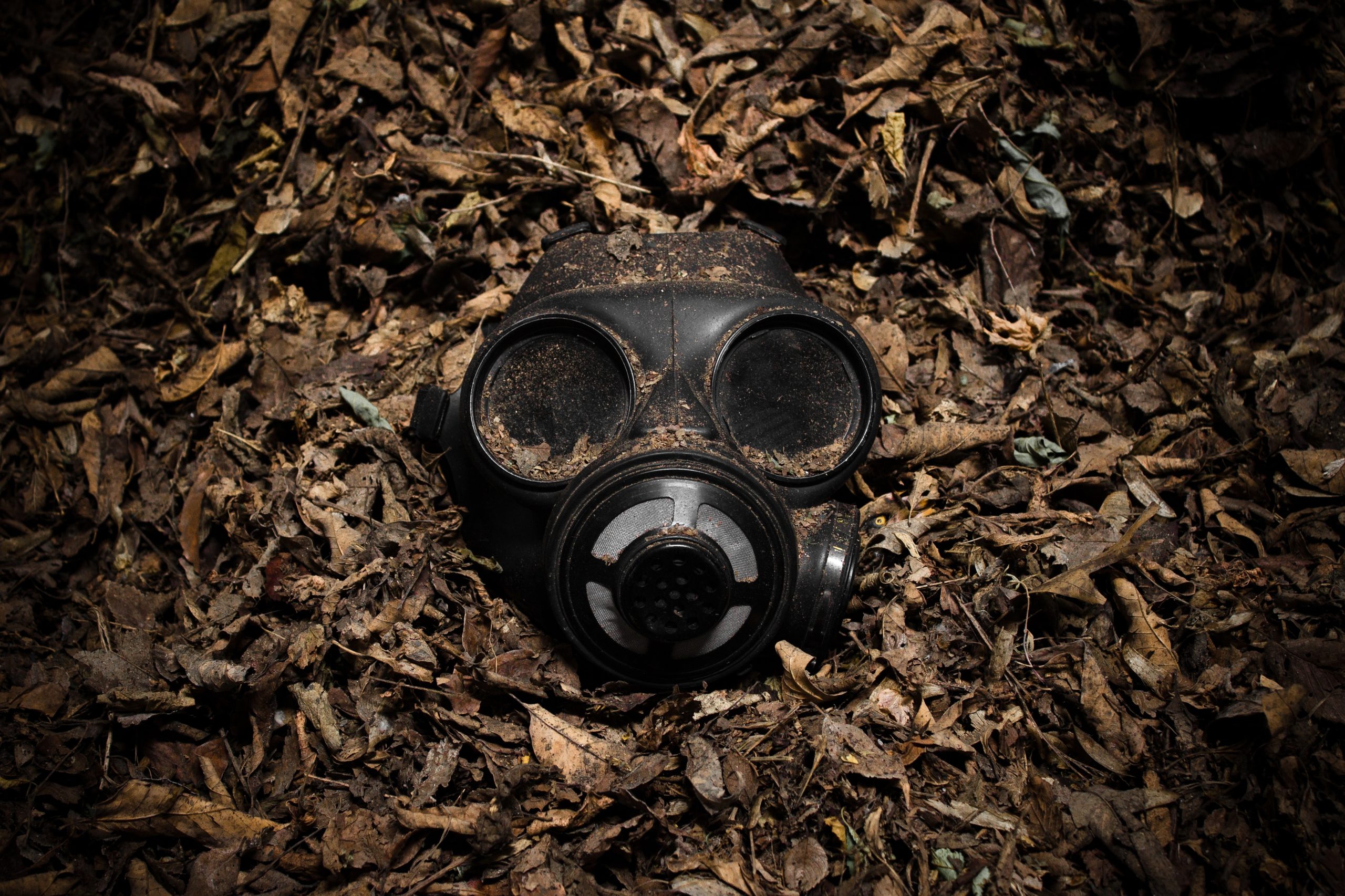People ferry water at a makeshift tent camp for displaced Palestinians in Rafah near the border with Egypt in the southern Gaza Strip. Photo by AFP/Getty Images
As soon as the Israeli government announced its intention to launch a ground invasion of Gaza after the Oct. 7 massacre, it was clear that for such an assault to successfully eliminate or weaken Hamas’s military capabilities, the operation would have to include the entirety of the coastal enclave.
But Israel’s initial focus on the northern part of the Strip all but ensured a massive eventual humanitarian disaster in the south — on top of the thousands of civilian lives claimed during the assault on the north.
A few days ago, Israeli Prime Minister Benjamin Netanyahu announced his intention to expand Israel’s ground invasion to Rafah, and instructed Israel Defense Forces commanders to come up with a plan for evacuating civilians from the southern city. If the IDF operation is expanded to Rafah, international cooperation, creative and humane thinking, and rapid action will be needed in order to save the innocent lives of those who could one day be part of Gaza’s rebuilding.
Why did Gazans end up sheltering in Rafah?
Many Gazans I’ve spoken to were puzzled by Israel’s first evacuation orders, which were given to Gazans in the north, millions of whom were instructed to head south. It was clear to many that this evacuation would allow scores of Hamas’s leaders, fighters, and administrators to head south and wait out the operation in the north.
Which is, in fact, exactly what happened. Hamas shifted much of its operation to areas south of the Gaza Wadi, which roughly bisects the strip. If Israel’s sector-specific approach to the war had ever appeared sound, the rapidity with which Hamas adapted to it should have prompted a rethink.
That rethink never came. Most of Gaza’s civilian population squeezed into the two southern cities of Khan Younis and Rafah, without a clear understanding of what would happen to them once the operation expanded southwards. Now, after weeks of the ground assault on Khan Younis, Israel has set its sights on Rafah, Gaza’s southernmost city, which the IDF previously declared a safe zone — although the city has endured hundreds of attacks during the war, including a massive Dec. 14 airstrike that killed nearly 30 of my family members.
And Gazans have nowhere left to go.
Most of my surviving immediate and extended family members from across the Gaza Strip are sheltering in Rafah, enduring horrendous conditions in unsanitary, crowded and miserable quarters and dwellings.
“It’s one thing to deal with not having drinking water, supplies, food, and the most basic of life’s needs,” my brother Mohammed, who has been in Rafah since the middle of January, told me. “But having to endure all of that while also having nowhere else to go and escaping combat all around us is an even worse element in our unbearable misery.”
Mohammed has been displaced seven times in this war, with his wife and four young children. In every single instance, their place of shelter was bombed, damaged or fully destroyed. Now, he fears that their shelter in Rafah will be yet another they are forced to leave, with no assurance of safety in their next refuge.
Egypt has tightly sealed its borders, making clear that it will not allow fleeing Gazans into its territory, and specifically Sinai, which borders Rafah. The calls of far-right Israeli officials for Gazans’ “voluntary migration” have alarmed Egyptian officials. Scarred by years of challenges from a Jihadist insurgency and a generally restive population in Sinai, they worry that displaced Gazans might never be allowed to return to the coastal enclave, and would contribute to escalating instability in the region.
And yet, Netanyahu has insisted on a mass evacuation of the approximately 1.3 million displaced civilians in Rafah, plus the 150,000 residents who ordinarily live in the city. His government says they will work to provide safe passage back to Gaza’s north, and United States President Joe Biden’s administration has said that the U.S. will not support an attack on Rafah without consideration for protecting Palestinian civilians at the scale needed to ensure their safety.
But previous Israeli guarantees of safe passage were only partially realized, leaving scores dead in the attempt to flee south. Moving such a large population in peacetime would be immensely challenging; doing so in the midst of a large-scale war that has destroyed much of Gaza’s infrastructure will be almost impossible. Plus, in the destroyed north, it’s unclear whether Gazans will be able to find any shelter from the winter cold.
Rapid action to protect Gazans in Rafah
Israeli authorities must work together with the U.S. and United Nations, as well as with Arab and international partners, to immediately establish new displacement camps and safe zones to host Gaza’s civilian population before launching a ground invasion of Rafah. There are three areas that are natural fits for such camps.
First: Create a three to four-kilometer wide safe corridor inside Gaza along the border with Israel, east of Rafah. IDF troops could move freely on either side of such a corridor without creating operational issues. Plus, camps there would be close to the Kerem Shalom crossing, which is already being used to bring in aid, food and medical supplies to sustain the population inside.
Second: Make use of Rafah’s coast along the sea, where camps could be sustained by small boats and supply vessels that can land on shore without needing a dock or seaport. Rafah’s coast is far enough from the dense urban centers where most combat operations are likely to occur to give civilians who are relocated there a more reasonable chance at safety.
Third: Temporarily relocate some Gazan women, children and males under 15 to the Israeli side of the border east of Rafah. Yes, Israeli hackles will be raised by the mere idea of sheltering Gazans within their country, and steps would need to be taken to protect both Israelis and displaced Gazans from one another in such a scenario. But, given the spatial limitations inside Gaza and the sparsely populated landscape on the Israeli side of the border with Rafah, such a move could temporarily provide surge shelter capacity.
The international community would play a pivotal role in supporting, supplying and operating these camps. At the same time, Israeli authorities can ensure maximum security all around these sites, which would only be temporary, and would be dismantled once the Rafah operation is complete.
To me, all of these options are preferable to Israeli officials’ vague plans for a relocation to the north — a massive operation that, in addition to being unlikely to succeed, would distance Gazans from the crossing through which humanitarian aid is currently entering the territory. (Given the likelihood that the Rafah crossing with Egypt, which has been Gaza’s lifeline so far in the war, will be cut off by combat operations, Israeli authorities must also come up with alternate routes to ensure the continued delivery of humanitarian aid in the north.)
Launching an invasion of Rafah without serious efforts and plans to protect civilians will be disastrous for the coastal enclave’s hungry and battered people, who have been inhumanely squeezed into a small, crowded and ill-equipped city after suffering months of devastating bombardment. And it will have worldwide political, diplomatic and geostrategic consequences for Israel, ones that would create irreversible damage.
Plans to protect and evacuate civilians in Rafah must be quickly and transparently articulated and implemented to maximize the likelihood of their effective implementation. Mistakes from earlier in the war must not be repeated. After all, we’re talking about human beings who have a right to life and safety.










